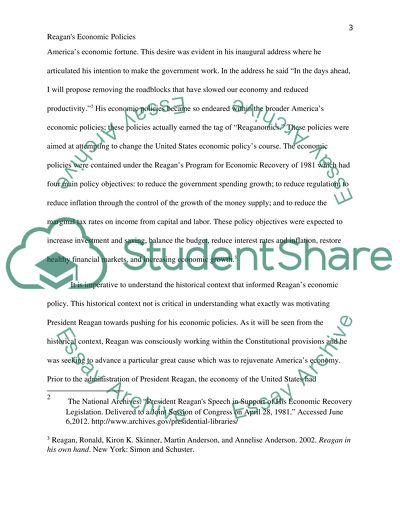Cite this document
(“Reagan's Economic Policies Term Paper Example | Topics and Well Written Essays - 1500 words”, n.d.)
Reagan's Economic Policies Term Paper Example | Topics and Well Written Essays - 1500 words. Retrieved from https://studentshare.org/history/1452745-reagan-s-economic-policies-overview-of-all-but
Reagan's Economic Policies Term Paper Example | Topics and Well Written Essays - 1500 words. Retrieved from https://studentshare.org/history/1452745-reagan-s-economic-policies-overview-of-all-but
(Reagan'S Economic Policies Term Paper Example | Topics and Well Written Essays - 1500 Words)
Reagan'S Economic Policies Term Paper Example | Topics and Well Written Essays - 1500 Words. https://studentshare.org/history/1452745-reagan-s-economic-policies-overview-of-all-but.
Reagan'S Economic Policies Term Paper Example | Topics and Well Written Essays - 1500 Words. https://studentshare.org/history/1452745-reagan-s-economic-policies-overview-of-all-but.
“Reagan'S Economic Policies Term Paper Example | Topics and Well Written Essays - 1500 Words”, n.d. https://studentshare.org/history/1452745-reagan-s-economic-policies-overview-of-all-but.


